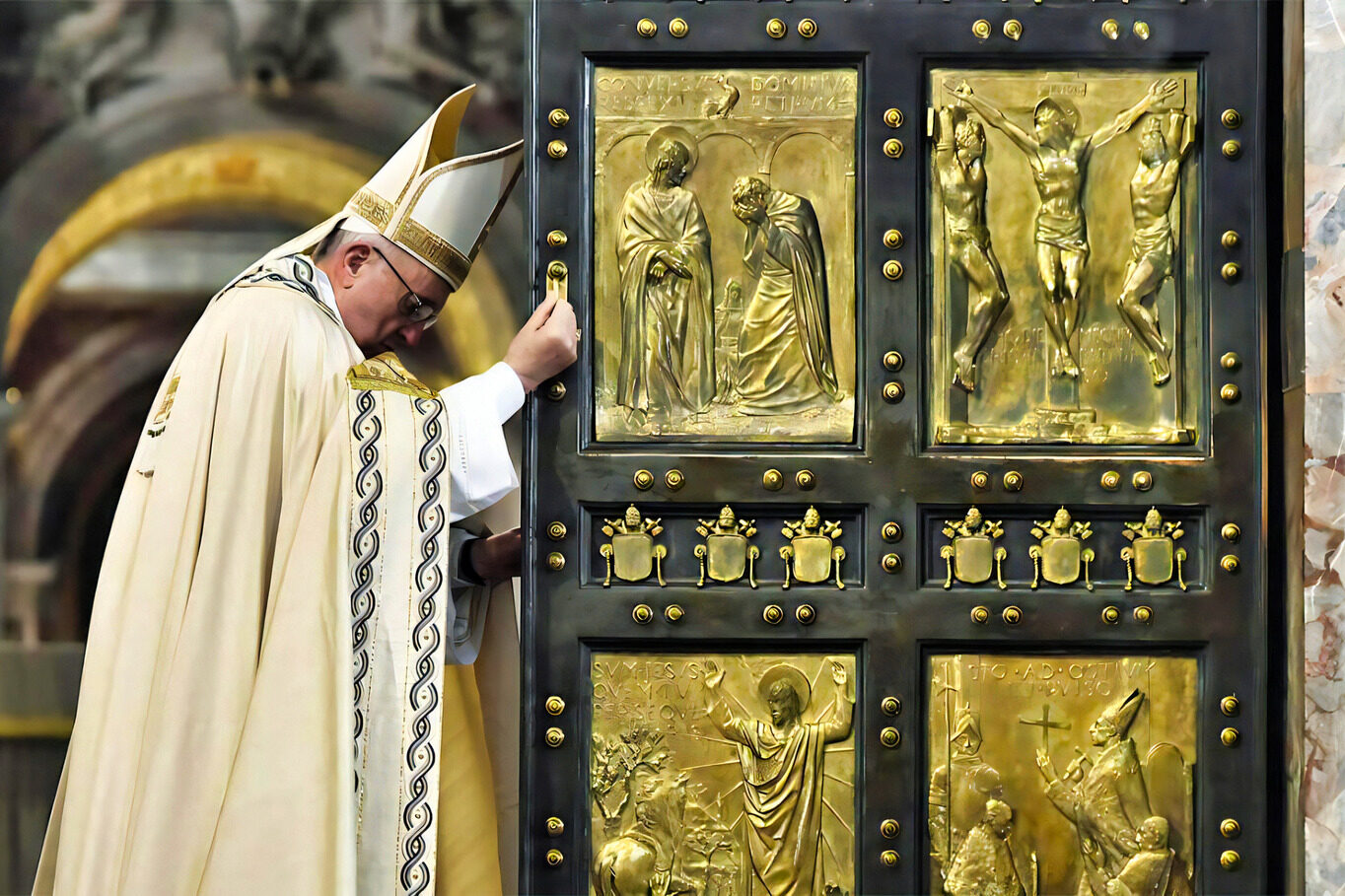Exactly one month ago closed Expo Milan 2015. Usa Pavilion was one of the most appreciated: 6 million visitors in the six-month Universal Exposition visited by 21.5 million people. Among them the First Lady Michelle Obama with Malia e Sasha, and Secretary John Kerry.
L’Italo-Americano interviewed Ambassador Douglas T. Hickey, Commissioner General of the Usa Pavilion named by president Obama.
Six million visitors is a successful milestone for the Usa Pavilion. Did you anticipate to have so many? What contributed to this result?
Our success can be attributed to an engaging pavilion which has been made possible by the generous support of our sponsors and staff, our informative Terrace Talk series, and our Student Ambassadors, a remarkable group of 120 American college students representing 35 different States, 95 universities, and collectively speaking 27 languages. The structure of the pavilion itself was also designed to be an open and inviting space that encourages open dialogue amongst visitors on solutions needed to feed the planet.
What have visitors of the pavilion appreciated the most?
One of the most distinguishing elements of the Usa Pavilion is its vertical farm. This 7,200 square-foot crop wall grows over 40 different varieties of vegetables, grains and herbs, employing a water-efficient irrigation system and panels that provide natural light and increased ventilation to the building’s interior. This dynamic wall tells a story of food production for the future, demonstrating sustainable land-use strategies such as intercropping, multi-cropping, and companion and contour planting.
Visitors have also appreciated the pavilion’s Great American Foodscape exhibit, where they experienced the evolution of America’s diverse and complex culinary culture, as well as Food Truck Nation, providing visitors the opportunity to taste authentic and iconic American street food.
In terms of contact with visitors, what value have the Student Ambassadors added?
The Student Ambassadors have played a key role in communicating the messages of the Usa Pavilion, as they were the first point of contact for visitors from around the world. Through tours and interaction with visitors on a daily basis, they thoughtfully explained each aspect of the pavilion, relaying valuable information about its themes and elements of innovation, technology and sustainability. This interaction and dialogue has been highly effective.
The video message of President Obama and the visits of the First Lady and Secretary Kerry have demonstrated the importance of Expo 2015 to the United States. Food security, nutrition, sustainable agriculture and climate change have been key themes. Considering this, has Expo been an effective global communication platform?
Yes, absolutely. Expo Milano 2015 has served as a world stage for 145 countries to come together and share ideas for how we will feed 9 billion people by the year 2050. The World’s Fair has been an extraordinary opportunity for the United States to convene and engage with Italy, Europe and the rest of the global community on key food issues shaping our future. As Secretary Kerry noted in his remarks at Expo Milano, “Together, we can harness our energy in order to cultivate food and feed the mouths of the world, and in the process we will protect the food security of billions of people on this planet”. This legacy of Expo will continue beyond the conclusion of the World’s Fair, and the United States looks forward to continuing our efforts in developing a more secure, sustainable and nutritious global food system.
Do you think your message, “Food 2.0” has reached its objective? How much do you believe to have contributed to the spreading of a new culinary culture and new, healthier eating habits in America?
Under the theme “American Food 2.0: United to Feed the Planet” and through its programs and interactive exhibits, the Usa Pavilion has showcased how American innovation is helping to solve some of the world’s toughest food system challenges. Our exhibits have exposed six million visitors to the voices of innovative Americans working on the vanguard of agriculture, science, technology, business and culture in the U.S. to develop sustainable and nutritious solutions for feeding the planet.
What legacy will the participation at Expo Milano leave to the United States?
The United States will continue its legacy of “American Food 2.0: United to Feed the Planet”, which has laid the groundwork for a global strategy for feeding the planet. The Usa Pavilion has showcased the U.S. as an innovator across agriculture, science, technology, business and culture. Through its robust programming at Expo Milano, including over 70 Terrace Talks and events featuring American leaders in these fields, the pavilion has stimulated open dialogue with visitors from all corners of the world on what it will take to feed the projected global population of 9 billion people by the year 2050. The pavilion’s dynamic exhibits have instilled in viewers the concept that every person on the planet is “one in nine billion,” each having a responsibility in the future of the global food system. A key initiative of the Usa Pavilion was its Feeding the Accelerator program, a food and technology innovation accelerator curated by Atelier Slice and Microsoft. The program supported ten American and international startups in their development of innovative and sustainable business ideas for addressing the challenges of the global food system.






























